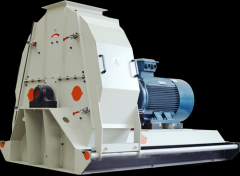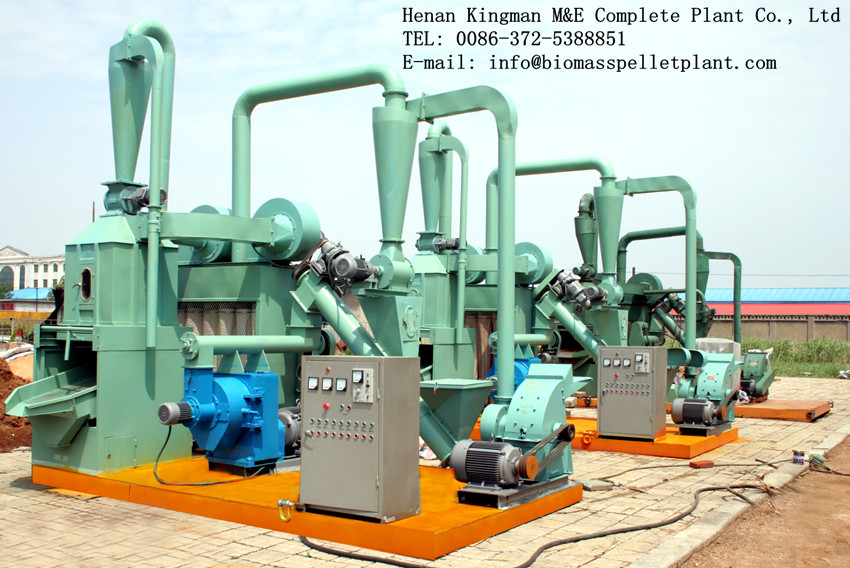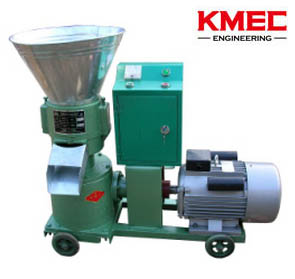Pellet market development in Canada part one
Biomass pellet production and market development in Canada
1. Raw Material
In 2004, Canadian sawmills produced 83.5 million m3 of lumber, yielding 21.2 million ODt of mill residues (sawdust, bark etc). Most mill residues were utilized, but there was still a surplus of 2.7 million ODt. The financial crisis in the United States, which was followed by a worldwide recession, changed the situation entirely. Millions of unsold US homes drastically reduced home building and subsequently the demands for Canadian lumber. Production fell to 45.1 million m3 in 2009, wiping out mill residue surpluses. By December of 2009, sawmill production began to increase, and while projected output in 2010 was only 65% of the peak in 2004, it was still 20% higher than 2009. Mill residue production in 2010 reached 13.7 million ODt, though all of this was utilized. With coming sawmill production increases, it is projected that 5.5 million ODt of new mill residue would come on the market annually by 2012.
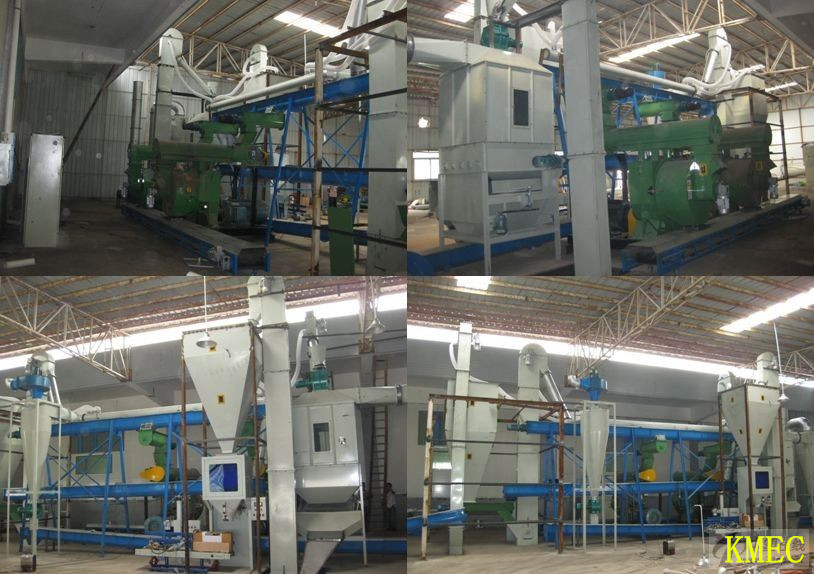
In BC, Alberta, and Manitoba, sawmills have been required to incinerate mill residue, primarily bark, which was not used internally or sold. In Saskatchewan and Eastern provinces, incineration has not been allowed, so mills have piled excess residue at the mill site in giant hog piles. In a few cases, the bark is too wet to be economically usable or it is contaminated with rocks or soil, but many of these piles are excellent sources of biomass for energy. In 2010, it was estimated that there are over 60 piles of bark, totaling over 20 million ODt, which are uncommitted for other uses, have very little contamination, and are dry enough to be used for bioenergy feedstocks. If mined over 10 years, these resources were projected to yield 2 million ODt p.a. Since the 2010 estimate, new analyses showed that the amount of usable bark was underestimated by 2 million ODt.
READ: USEFUL TIPS ON STARTING A PELLET FUEL PRODUCTION LINE
As mill residue surpluses have declined in recent years, companies and provincial governments have began to look seriously at harvest residues as a fuel source. Since full tree harvesting dominates in Canada, much of the harvest residues are already at roadside. A Biomass Inventory and Assessment Tool (BIMAT) was developed to identify and characterize biomass sources potentially available for bioenergy. The model reflects harvest operations by province; e.g., Ontario uses full tree harvesting and 90% of harvest residue is left at roadside, while Quebec uses cut-to-length harvesting in 40% of its operations and leaves only 60% of residues at roadside. BIMAT estimates harvest residue volumes at roadside based on the maximum sustainable harvest level in each province to be 31.1 million BDt p.a., including tops and branches from harvesting and thinning operations, and bark and log exterior residue from full tree chipping. With annual harvest below the allowable annual cut for several years, and with poor US market factors, a better estimate for available harvest residue in 2010 might be 22 million ODt. BIMAT also estimates 9.75 million ODt of urban wood available annually, including discarded wood products, trees, branches and stumps from park maintenance, pallets and crates etc5. The total woody biomass available is 33.7 million ODt. When the US housing market recovers in 2–3 years, it is projected to be an additional 5.5 million ODt in mill residues and 12 million ODt in harvest residues available.
Purpose-grown sources of woody biomass, primarily willow and hybrid poplar, are being explored near biomass users. Approximately 2500 hectares are being established annually with scale-ups planned in Ontario and the Prairies. Land suitability potential in Canada for these applications is 8–16 million hectares, primarily in the Prairies, Ontario, and Quebec. Establishment costs are 50–70% of the total delivery costs. Managed juvenile hardwood stands are also projected to yield 30–60 ODTs of biomass using progressive chipping, baling, or bundling harvest systems in short-rotation operations. There are 100,000–110,000 hectares harvested annually in the boreal forests that could be used with this option. Trials are being conducted by forest companies and bioenergy research agencies to determine the cost of supply chains. The Prairies, northern BC, Ontario, and Quebec have significant opportunities for this source of woody biomass. Farmland occupies 67.5 million hectares in Canada, or 6.7% of the total land base. Crops are grown on 54% of farmland. Agricultural biomass available for energy may be 17.3 M Odt p.a., or 309 TJ. A June 2007 estimate suggested that 2 million tonnes p.a. of agricultural residues would be available based on 10-year average yields and collecting residue once in every 4 years.
2. Production and Capacity
The forest resources of Canada are the third largest in the world. In Canada, abundant forest resources and a mass of wood go to waste each year. Wood pellets are made from wasted materials, which include sawmill residues-sawdust, shavings and bark-and “standing dead wood” , which is a kind of diseased and insect-killed tree. In addition, some unwanted resources that sawmills have abandoned on the forest floor after logging. They can be pelletized as raw materials. Canadian Wood Pellet Current StatusMost Canadian homes are heated by natural gas, with limited domestic demand, the Canadian wood pellets market is driven almost entirely by foreign demand, especially the voracious demand from Europe. At the same time, the wood pellets manufacturing industries are bringing enormous value to the domestic forest sector.
The manufacture and export of wood pellets in Canada has grown exponentially in the past several years, primarily on the west coast. According to statistics, the capacity grew from 500,000 tons in 2002 to 3.2 MT in 2011, but Canadian pellet production declined in 2008 largely due to a shortage of mill residues as a result of sawmill closures brought on by a severe downturn in the US housing market and subsequent decline in lumber demand. For many pellet manufacturers, a major fibre source is now harvest debris and non-commercial round wood (in some cases 70% of feedstock) supplemented by mill residues. Supply chains to draw from this source have not been fully developed. Raw material costs have increased 3–4 folds, requiring export contracts to increase 30–40% in price in order to sustain financial viability for pellet mills. Ontario, Quebec, and BC are all working with mechanisms to ensure sufficient fibre for pulp mills, sawmills, pellet plants and other uses. Pellet production is was 1.4 million tons in 2009 compared to capacity of 2.1 million tons. Pellet production can reach 20 million tons sustainably.
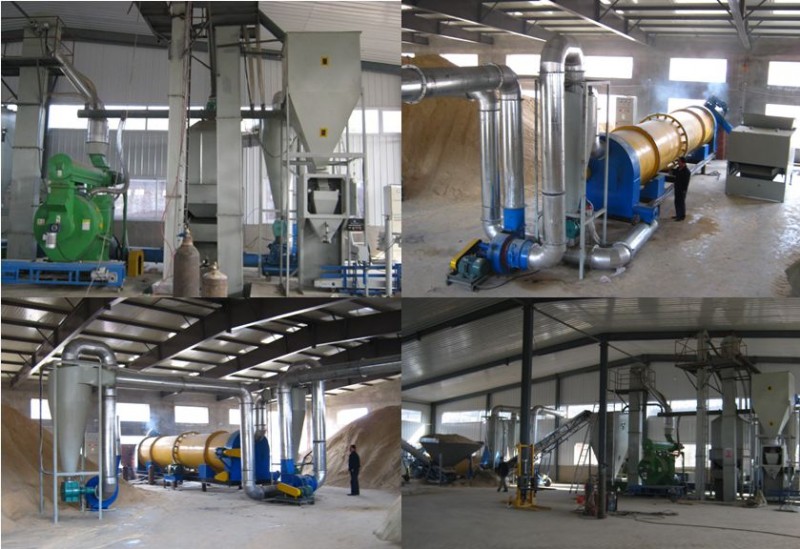
Read:How to start a pellet plant
There are 39 pellet plants operated with total capacity of 3.2 million tons. Eleven plants with more than half of Canada's capacity are in BC, on the west coast. BC also boasts the three largest pellet plants in Canada: Pinnacle-Meadowbank 200,000 tons; Pinnacle-Williams Lake 150,000 tons; and Pinnacle/Canfor-Houston 150,000 tons, respectively. Pinnacle Pellet is the dominant producer, operating four plants in BC and one in partnership with CanFor and the Moricetown First Nations in the 150,000-ton plant in Houston. Alberta now has four sawmills with combined capacity of 149,000 tons. Ontario is far from ocean ports and has only one small plant operating. Quebec has capacity of 290,000 tons over five plants, all capable of exporting by way of the St Lawrence River. The Atlantic Provinces have been particularly hard hit by sawmill and pulp mill closures in recent years, and governments are anxious to utilize the forest resource to create jobs in struggling communities. Three new pellet plants have been built in the last year: Groupe Savoie-St. Quentin New Brunswick, 55,000 tons; Holson Newfoundland, 50,000 tons; and Cottles-Newfoundland, 12,000 tons. Overall, there are now 12 pellet plants in the Atlantic Provinces.
Link to Part Two
----------------------------------------------------------------------------------------------------------------------------------------------------
News
- Small Pellet Machine Manufacturer-Kingman
- Application of Wood Pellets and Use of Biomass Pellets
- From Fossil Fuel into Biomass Pellet Fuel
- Biomass Pellet Making Machines Market
- Applying of pellet stoves for home use
- Highland pellets to build $130 million facility in arkansas
- How to deal with the blocked hammer mill
- How to Make Wood Pellets with Sawdust
- The government policy promotes the development of biomass fuel
- Market analysis of biomass pellet fuel
- Strategic positioning of renewable energy
- Biomass energy has pass through the pre assessment
- The key point of deep processing of biomass pellet
- Harbin is promoting the development of biomass machinery
- The development of biomass formation technology I
- The development of biomass formation technology II
- Biomass energy industry is now going full tilt in 2015
- Rapid increasing demand of sawdust pellet on the market
- Pellet fuel market in EU
- Chinese Biomass Energy Conference held in Beijing
- Future market development of straw pellet mill
- Peanut Shell Pellet Mill Makes High Quality Pellets
- The utilization of straw is only 5%, biomass energy needs our attention!
- Corn straw pellet machine relieves the tight supply of fuel energy
- Reasons for loose or not forming of biomass pellet mill


